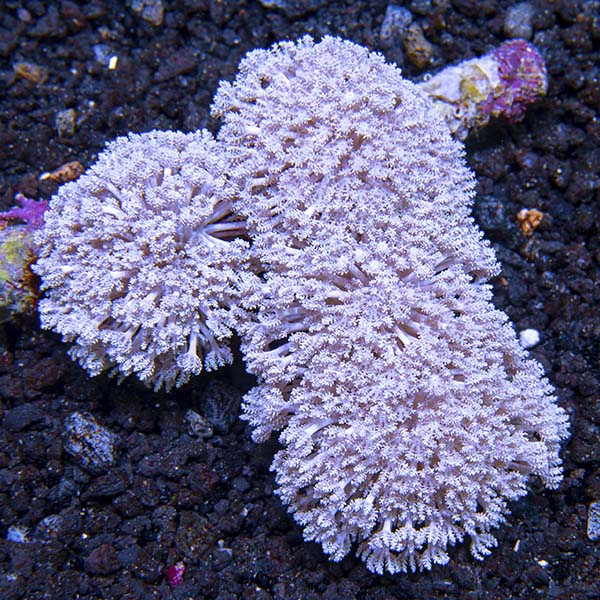
Additional locales and sizes may be available!
Additional locales and sizes may be available! Email me when availableQuick Stats
What do these Quick Stats mean? Click here for more information
What do these Quick Stats mean? Click here for more information
Overview
Predatory fish, crabs, snails, or the stings of other corals may damage the colony quite easily. Therefore, provide adequate space between them and sessile animals, especially other types of soft corals. They require a medium to high light level combined with a medium to strong water movement within the aquarium. For continued good health, they will also require the addition of iodine and other trace elements to the water.
Under ideal conditions, and once acclimated, they may reproduce in the established reef aquarium, forming a creeping mat, which will quickly grow over any adjacent rock work.
The symbiotic algae zooxanthellae hosted within their bodies provide the majority of their nutritional requirements through photosynthesis. Additional weekly feedings of micro-plankton or foods designed for filter feeding invertebrates are also needed.
Approximate Purchase Size: Small: 1" to 2-1/4"; Medium: 2" to 4-1/4" Large: 4" to 7"












